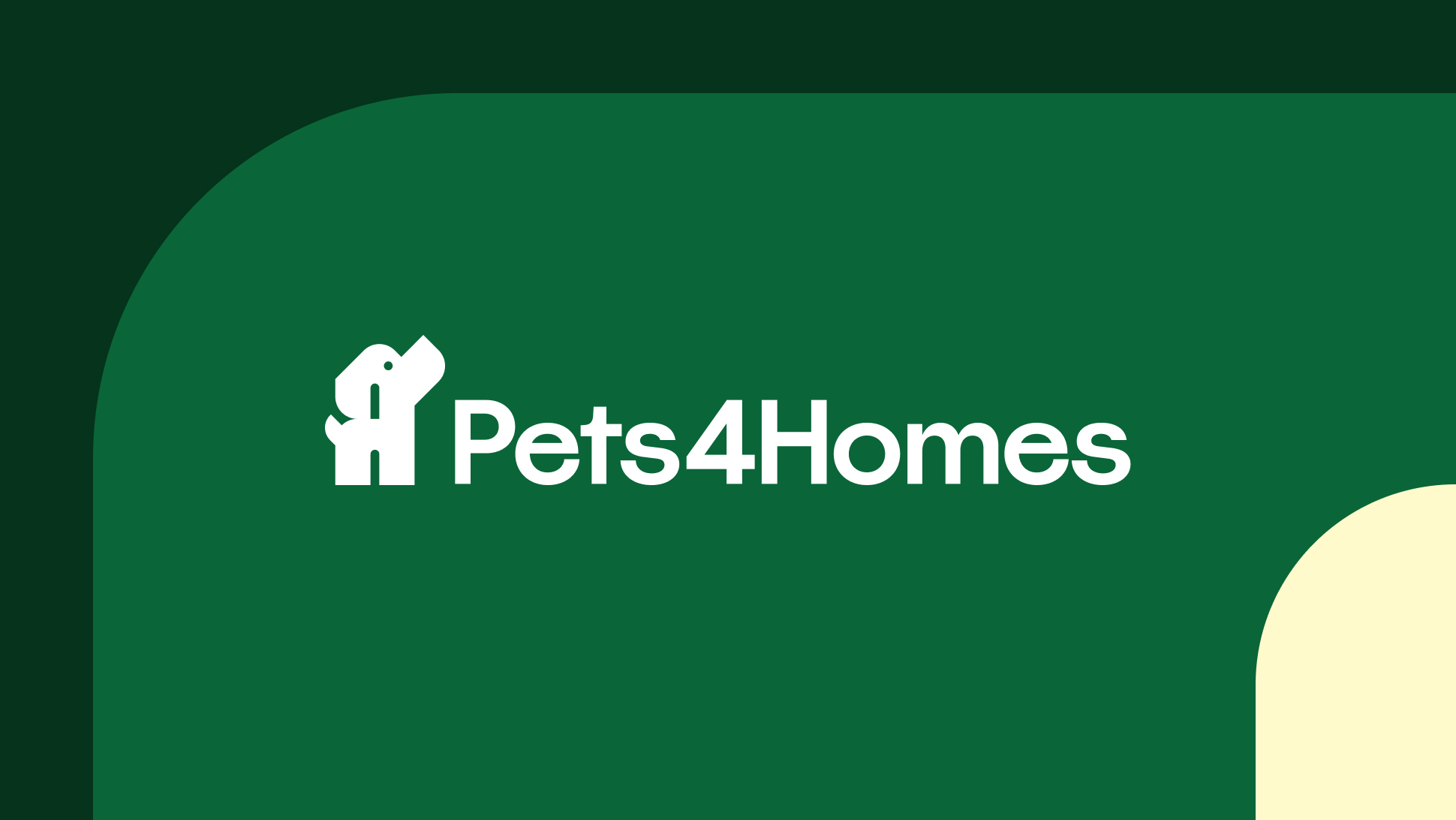
Complete Guide to Your Puppy’s First Coat Shed
Most puppies are born with a soft, fluffy baby coat that naturally sheds to make way for a denser, thicker adult coat. This first coat shed is a normal but often dramatic process, especially in longhaired breeds. In this comprehensive guide, we explore when puppies shed their first coat, what to expect, how to care for your pup during the transition, signs that indicate problems, and breed-specific differences.
When Does Your Puppy’s First Coat Shed?
The timing varies widely depending on breed, coat type, environment, and season. Typically, puppies start losing their baby coat between four to six months old. Some small or short-haired breeds may begin shedding as early as three months, while others, particularly longhaired breeds, may keep their puppy coat for up to a year or longer.
In the UK, many puppies experience shedding aligned with seasonal changes in spring or autumn. For breeds with double coats, this might be especially noticeable as they "blow" their undercoat to adjust to the weather.
Characteristics of Puppy Coats Compared to Adult Coats
Puppy coats are generally softer, lighter, and finer than the adult coat. They tend to be single-layered even in breeds that develop thick double or triple-layered coats as adults. As the adult coat grows in, you may notice a more coarse, denser texture. Colour changes can also occur; for example, Dalmatian puppies start as pure white before their distinctive spots emerge over several months.
Does a Messy or Heavy First Shed Mean Your Adult Dog Will Shed a Lot?
Not necessarily. Some breeds, especially heavy shedders, will show a pronounced first shed that reflects their adult shedding patterns. However, in breeds whose puppy and adult coats differ significantly, a heavy initial shed might be temporary, with less shedding later on.
How to Care for Your Puppy’s Shedding Coat
1. Regular Brushing
Frequent gentle brushing removes loose hair and reduces mess. Use brushes suited to your puppy’s coat—slicker brushes and deshedding tools for double coats, softer bristle brushes for short hair. This also helps prevent mats and stimulates healthy skin.
2. Balanced Nutrition
Feed high-quality puppy food rich in omega fatty acids, vitamins, and minerals to support skin and coat health. Good nutrition helps reduce excessive shedding and encourages a glossy coat. Always consult your vet for diet advice specific to your puppy.
3. Bathing
Bathe your puppy with a gentle, puppy-formulated shampoo every 1-3 months. Avoid over-bathing to prevent drying out their skin. Some deshedding shampoos can assist in managing shedding but should be used with veterinary approval.
4. Monitor Skin and Coat
Watch closely for signs of skin irritation such as redness, dryness, flaky patches, or sore areas. Puppies may itch slightly due to loose hairs, but excessive scratching or discomfort can indicate problems requiring veterinary advice.
5. Professional Grooming
If you have a longhaired or double-coated breed, consider regular visits to a professional groomer to help manage shedding effectively and keep the coat in good condition.
Signs That Indicate a Problem with Puppy Shedding
While shedding is normal, some signs warrant a vet visit:
- Bald patches or clumps of fur falling out
- Red, inflamed, or irritated skin
- Scaly, flaky, or sore skin
- Dry, brittle, dull fur
- Excessive itching, licking, or discomfort
If you observe any of these, contact your vet promptly to rule out allergies, parasites, infections, or other health concerns.
Breed-Specific Shedding Patterns and Considerations
Longhaired and double-coated breeds such as Golden Retrievers, German Shepherds, and Jack Russells often have a more prolonged, noticeable coat transition. Jack Russells, for example, may show varied coat textures within the same litter.
Shorthaired breeds like Boxers or Labradors typically have subtler shedding that is less noticeable, but regular grooming is still beneficial.
Knowing your pup’s breed specifics, including shedding habits, helps prepare for and manage their first coat shed effectively.
FAQs: When Can Puppies Leave Their Mothers?
Quick Answer: Puppies can legally leave their mother after eight weeks in the UK, but most breeders and vets recommend waiting until 8-12 weeks to ensure proper socialisation and health.
Proper timing for rehoming a puppy involves considering their social, emotional, and physical development. Puppies continue teething and social learning during this period, which supports their long-term behaviour and health. Breeders adhering to the Kennel Club's guidelines ensure puppies are ready to leave their mother at the appropriate age.
FAQs: What To Ask When Buying a Puppy?
Quick Answer: Always ask about the puppy's health history, vaccination status, socialisation, and breeder credentials.
Ensure the breeder is reputable, ideally registered with the Kennel Club. Ask about the parents' health, any genetic screening performed, and the puppy's early experiences and socialisation. This helps guarantee a healthy, well-adjusted puppy and responsible ownership.
Summary and Next Steps
Your puppy’s first coat shed is a natural developmental phase that varies greatly by breed and individual. By understanding the typical timelines, signs to watch for, and care best practices, you ensure your pup’s transition to a healthy adult coat is as comfortable as possible. Remember to maintain regular grooming habits, a nutritious diet, and consult with your vet or breeder if any concerns arise.
Being informed and attentive during this key stage promotes not just a beautiful coat but overall well-being and happiness for your young dog.



